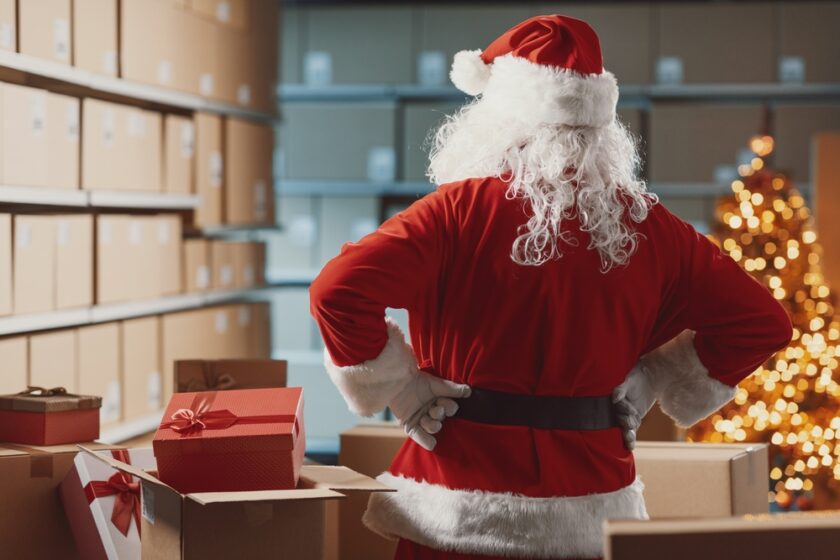“What kind of materials can I chose from?” “What about decoration?” “Why are there like 4,000 attachment options?” “And where the heck am I supposed to sell these things? Should I just drive around and look for people who might want a better place to store their keys or badge?”
Promotional lanyards. You’ve got questions, we’ve got answers.
Materials
The material you chose for your lanyard can impact more than just comfort, strength and decoration options. Sue Tobias, MAS and MASI, senior vice president of sales for Fields Manufacturing/TARGETLINE, St. Cloud, Minn., provided some examples.
“We do special lanyards, such as an anti-microbial lanyard, which is great for the medical field as it is coated and thus inhibits the growth of germs and kills odor-causing bacteria,” she said. She also mentioned reflective lanyards, which she explained were useful for employees working late-night shifts, as well as for children who may be walking after dark, say for Halloween or a field trip. She also noted the option for wholly different materials that can give a different look, such as a bead lanyard for clients who are looking for a more festive look.
Decoration
The core of any promotional product is of course how it’s decorated, and lanyards offer plenty of options beyond “put some text on it in a nice thick font.” From glitter and rhinestones to non-consecutive printing, there are a lot of creative options out there for lanyard decoration.
Glitter and even rhinestone decorations are a possibility, some companies even specializing in such designs. “We specialize in rhinestone lanyards that are made with a soft felt, for comfort and for strong adhering for the rhinestones,” said Tami Cimperman, president of Vegas Golf/Foxyware, Port St. Lucie, Fla. “We are the original rhinestone lanyard supplier and now offer 10 different rhinestone styles.”
More traditional decorations are available as well. “Our most popular lanyard now is our full-color, dye-sublimated lanyard,” said Tobias. “Fields was the first supplier to bring this product to the industry, and it has proven to be a success. It allows a customer to have any color printed on the lanyard without paying any PMS color charges. It also allows full color capabilities.”
Consecutive printing, a useful tactic for contests or personalization, is also an option. “At Fields, we have the capability of personalizing these lanyards with individual names or numbers,” said Tobias. “By putting numbers on the lanyard, a customer can have a ‘find your match’ in a group event, such as a sales meeting of people who don’t know each other.”
Attachments
On the surface, attachments might seem like one of the more confusing parts of lanyard purchasing, since there are so many choices and they all seem so similar to one another. Thankfully though, the volume of attachments seems more to be a product of how many different items get attached to lanyards (keys, different sizes of badges and badge-pouches) rather than any overall difference in quality. Quality can become an issue, however, if your lanyards need to last longer than a tradeshow weekend.
“Many lanyards use the most inexpensive attachments since they are normally used and discarded after an event or tradeshow,” said Cimperman. “Our product has the most longevity of lanyards on the market, since it’s a fashion piece and not your regular run-of-the-mill imprinted nylon tradeshow lanyard. It is because of this fact that we spend so much time in making sure our attachments are of the best quality—because our products are used regularly after a particular promotional event.”
Finding Buyers
Sometimes the ubiquity of a product’s value can make it tough to hone in on potential buyers. (“I guess everyone could use a decorated pen, so I’ll just talk to every single person in the world?” etc.) Lanyards are one of these broadly valuable products, but fortunately, there are some niche markets that are always worth exploring.
“Our rhinestone lanyards have been extremely popular among HR departments, teachers, airline attendants, NASCAR races, concerts, VIP events, college students and the cruise industry, just to name a few,” said Cimperman.



